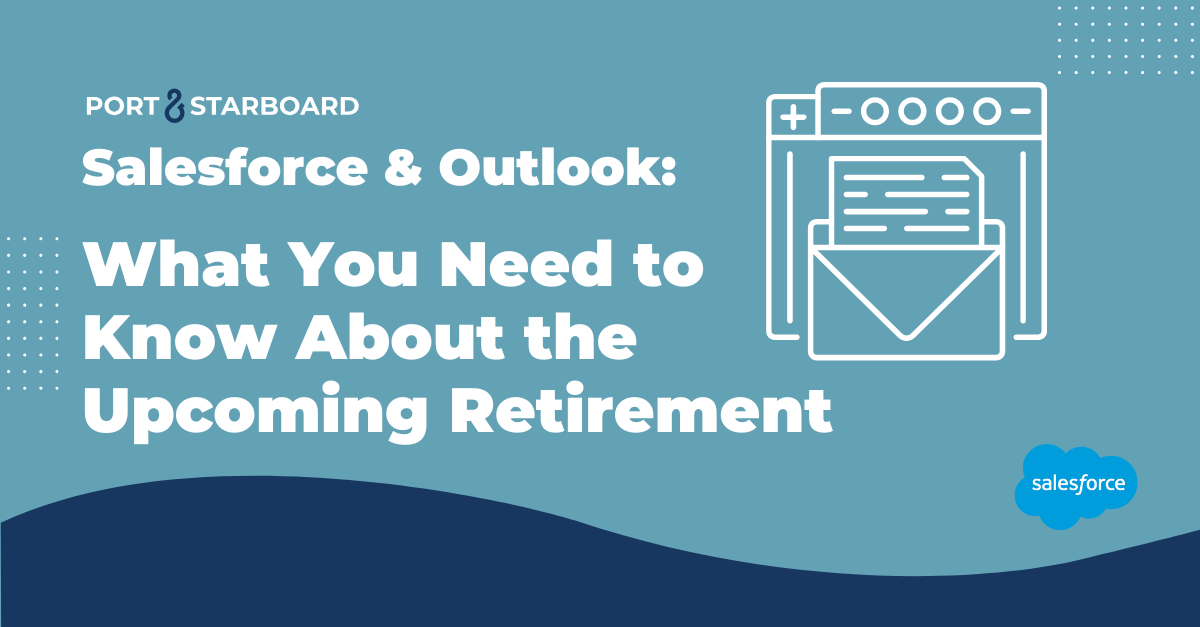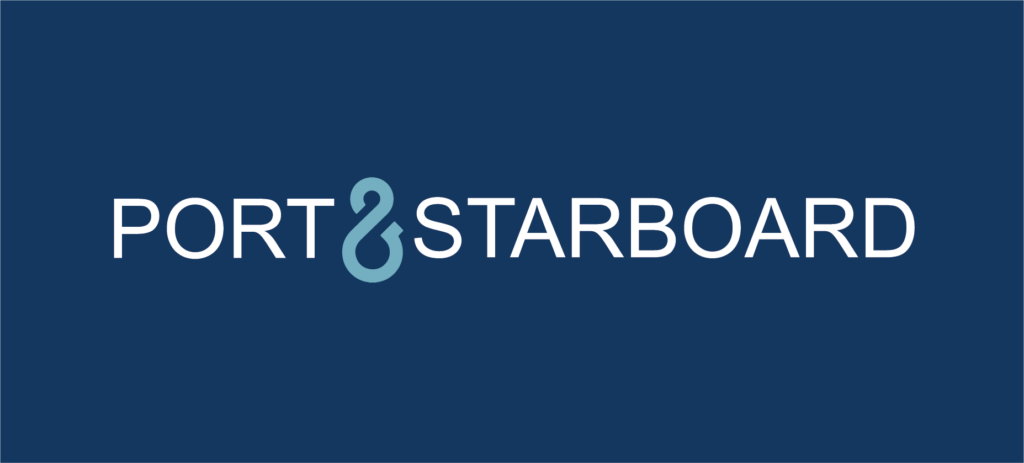We’ve been getting a lot of questions lately about how Salesforce works with Outlook—especially with the news that Salesforce for Outlook is being retired in December 2027. If you’re wondering whether this affects you or what to do next, this post is for you.
We’ll walk through how to tell which version you’re using and where to find help if it’s time to make the switch.
Which Version Do I Have?
Let’s start with the basics. If you set up your Salesforce–Outlook connection after June 2019, you’re probably already using the newer Outlook Integration, and you don’t need to worry about migrating.
To double-check, go into Salesforce and:
- Head to Setup, then search for Connected Apps OAuth Usage in the Quick Find box.
- Open that page and look for Salesforce for Outlook in the list.
If you see it (and it shows active users), that means your org is still using the older tool that’s being phased out.

What’s the Difference?
Here’s where it can get confusing. A lot of help articles, blog posts, and even videos have used the terms interchangeably, but there are actually two separate tools:
- Salesforce for Outlook – the older plugin that’s being retired
- Outlook Integration and Einstein Activity Capture – the newer version (this is what Salesforce recommends going forward)
If you’re not sure which one you’re using, checking the Connected Apps OAuth Usage page is your best bet.
What If I’m Still Using Salesforce for Outlook?
If you’ve confirmed that you’re using the older Salesforce for Outlook tool, now’s a good time to start planning your move. While Salesforce has been phasing it out slowly, some features are already gone. For example, in the Summer ’21 release, the ability to create new records from the side panel was removed.
If you’re still on an older version of Microsoft Outlook (like Outlook 2010), you’ll need to stick with Salesforce for Outlook for now, since the newer Outlook Integration doesn’t support those older versions. That said, Microsoft stopped releasing updates for Office 2010 in 2020, so it may be worth thinking about upgrading your Outlook (and other Office tools) soon.
Time to Migrate to Outlook Integration
Salesforce offers a number of resources to guide you through the switch—whether you’re moving from Salesforce for Outlook or setting up Outlook Integration for the first time:
- Summer ‘25 Outlook Integration Implementation Guide – This step-by-step guide helps with everything from installation to user setup.
- Trailhead Module: Salesforce and Outlook Integration – A free, hands-on training module with three short lessons (plus a badge for your Trailblazer profile!).
- Salesforce Help Docs: Salesforce for Outlook (Retiring) – These are great if you can’t upgrade just yet and still need to keep Salesforce for Outlook running for a bit.
Need a Hand?
If you’d like help setting up Outlook Integration or migrating away from Salesforce for Outlook, Port & Starboard can help you plan, configure, and train your users. Contact us ➜

